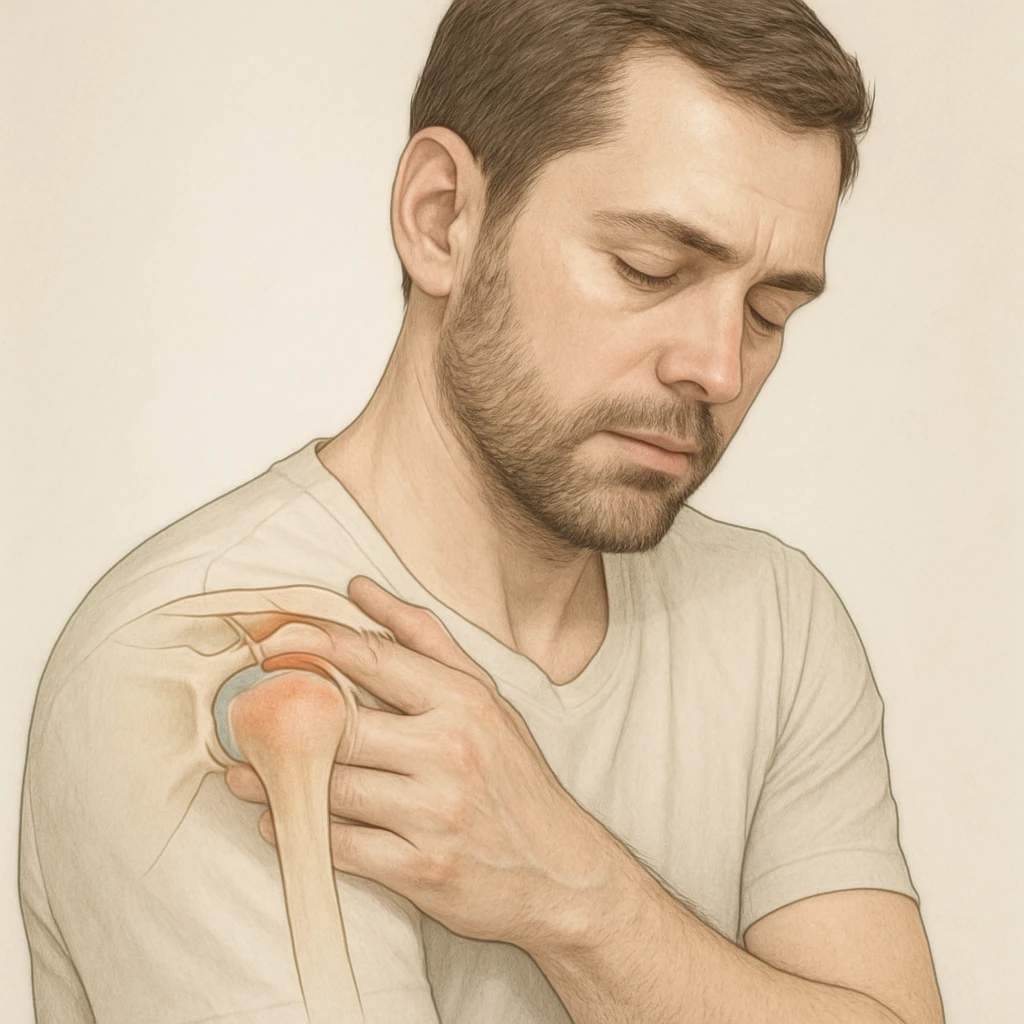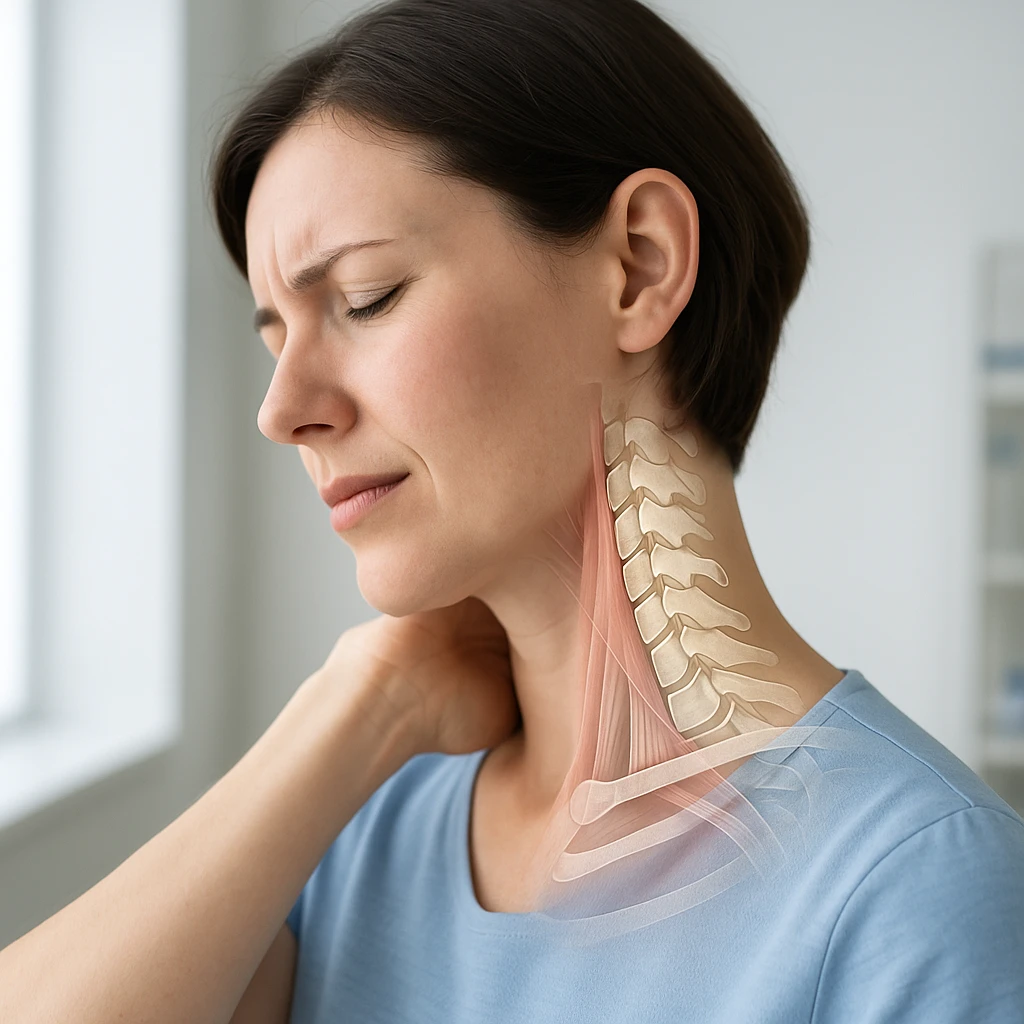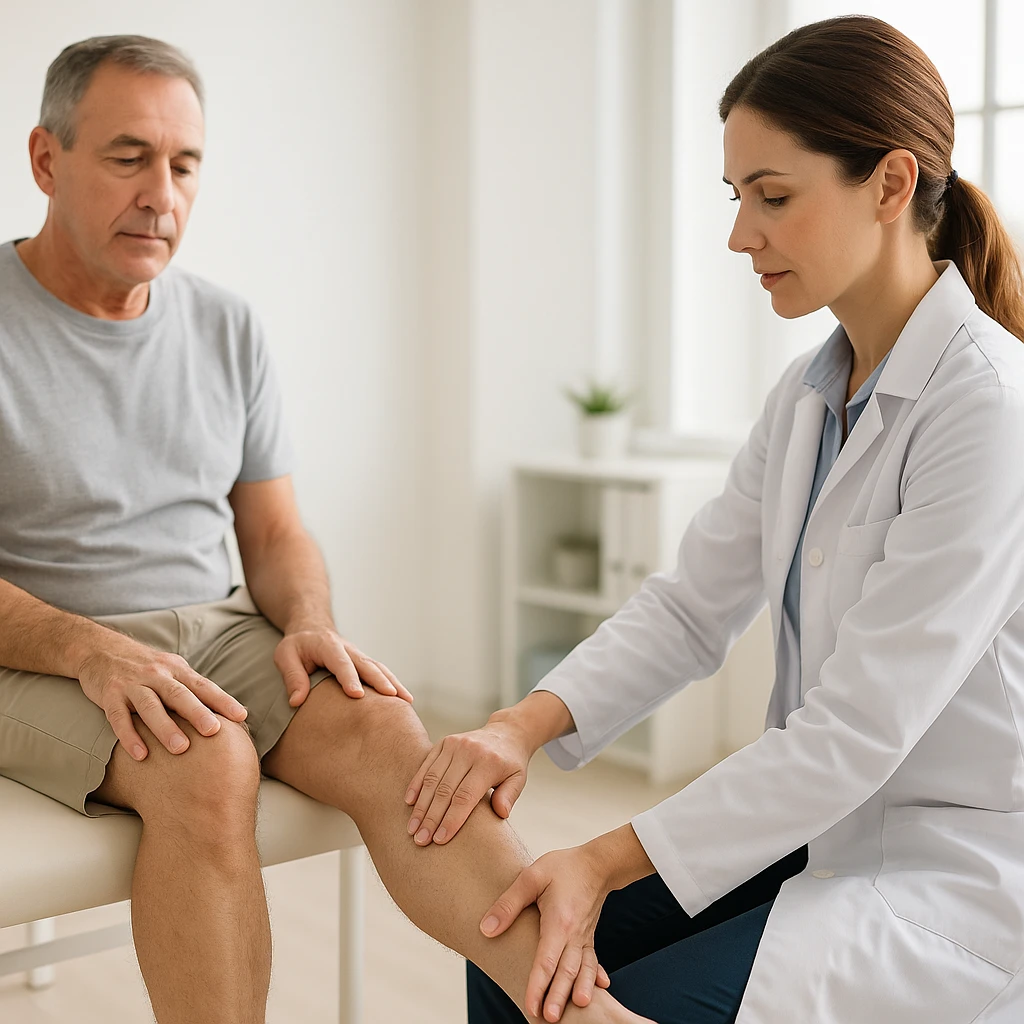Understanding Shin Splints: Causes, Treatment, and Prevention Strategies
What Are Shin Splints?
Shin splints, also known as Medial Tibial Stress Syndrome (MTSS), is a common overuse injury that primarily affects athletes, particularly those involved in running, jumping, or other high-impact activities. It is characterized by pain along the shinbone (tibia), typically occurring during or after physical activity. This condition is caused by repetitive stress and overuse of the lower leg, leading to inflammation and discomfort in the muscles and tissues surrounding the shinbone.
What Are Shin Splints?
Briefly defines shin splints, highlighting its role as a common overuse injury among athletes.
Shin splints are most often seen in individuals who engage in vigorous or prolonged exercise, particularly when they suddenly increase the intensity or frequency of their training. While the pain can be quite severe, it is usually manageable with proper rest and treatment, and in most cases, it resolves with conservative care.
Causes and Risk Factors of Shin Splints
Shin splints, or Medial Tibial Stress Syndrome (MTSS), are primarily caused by overuse and repetitive stress placed on the shinbone, leading to pain and inflammation in the surrounding muscles and tissues. This condition is especially common in athletes and individuals who participate in high-impact activities such as running, jumping, or intense training. When these activities are performed frequently or at high intensity, they can result in strain on the shinbone and surrounding muscles, leading to the development of shin splints.
Overuse and Repetitive Stress
The primary cause of shin splints is overuse, which occurs when the muscles and tendons around the shinbone are repeatedly stressed without adequate recovery. Athletes, particularly runners and those who engage in intense physical activity, are at higher risk. As the muscles surrounding the tibia become fatigued and stressed, they can pull on the bone, causing inflammation and pain. Over time, the body’s inability to repair these small injuries leads to the characteristic pain associated with shin splints.
Contributing Risk Factors
In addition to repetitive stress, several factors can increase the likelihood of developing shin splints:
- Poor Footwear: Lack of proper support can lead to improper alignment of the foot and ankle, exacerbating strain on the shinbone.
- Muscular Imbalances: Weak or tight muscles in the lower leg contribute to uneven stress on the tibia, increasing the risk of injury.
- High Body Mass Index (BMI): Extra weight during high-impact activities places additional pressure on the legs, further elevating the risk.
Signs and Symptoms of Shin Splints
Shin splints, or Medial Tibial Stress Syndrome (MTSS), are characterized by several symptoms that primarily affect the lower leg. The condition is often identified by pain, tenderness, swelling, and discomfort along the shinbone, particularly after engaging in physical activities such as running, jumping, or intense training. Early recognition of these signs is crucial for preventing further injury and seeking appropriate treatment.
Pain and Tenderness
The most common symptom of shin splints is pain along the shinbone (tibia), which can vary in intensity from mild discomfort to severe aching. This pain typically worsens with physical activity, especially during running or other high-impact exercises. It is often localized to the inner part of the shinbone and may become more pronounced after prolonged or strenuous activity. In some cases, the pain persists even after the activity has stopped, and tenderness may be felt when palpating the shin area.
Swelling and Discomfort
In addition to pain, swelling around the affected area can occur, particularly after engaging in physical activities. This swelling may be subtle or more pronounced, depending on the severity of the condition. Discomfort is often felt during or after exercise, and it may escalate over time if left untreated. As the condition progresses, individuals may also notice a feeling of tightness or heaviness in the lower leg muscles, contributing to further discomfort.
Key Symptoms
- Pain along the shinbone: Typically worsens with physical activity.
- Tenderness: Felt when palpating the shin area, especially after activity.
- Swelling: Can be subtle or pronounced, depending on severity.
- Discomfort: Often felt during or after physical activity, worsening over time.












